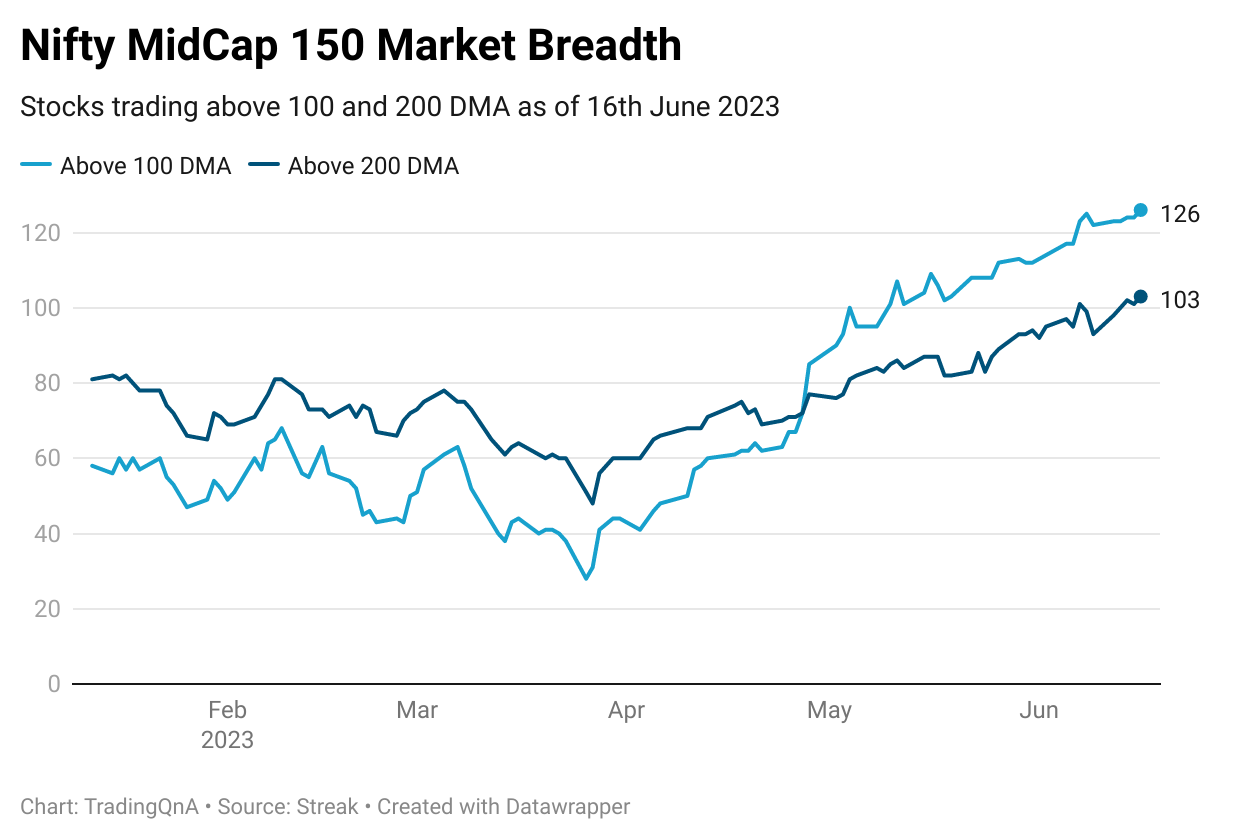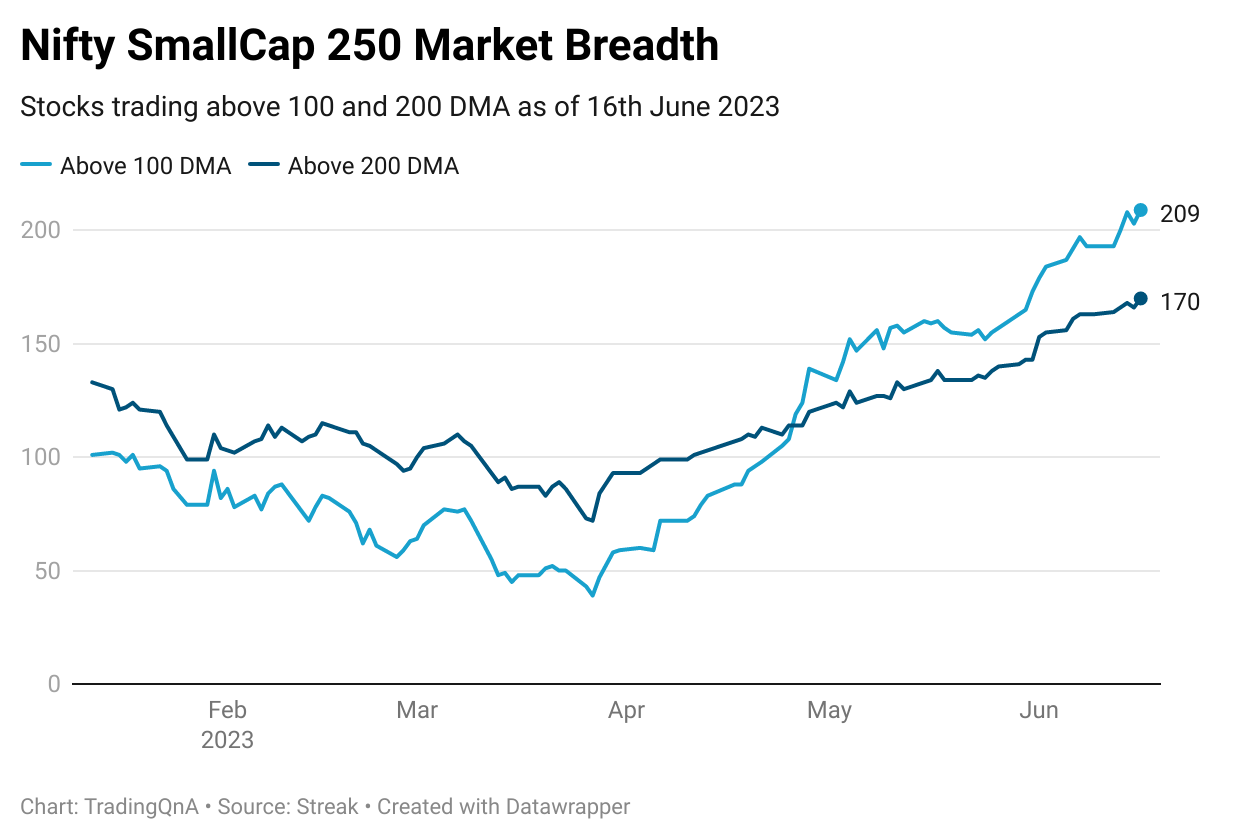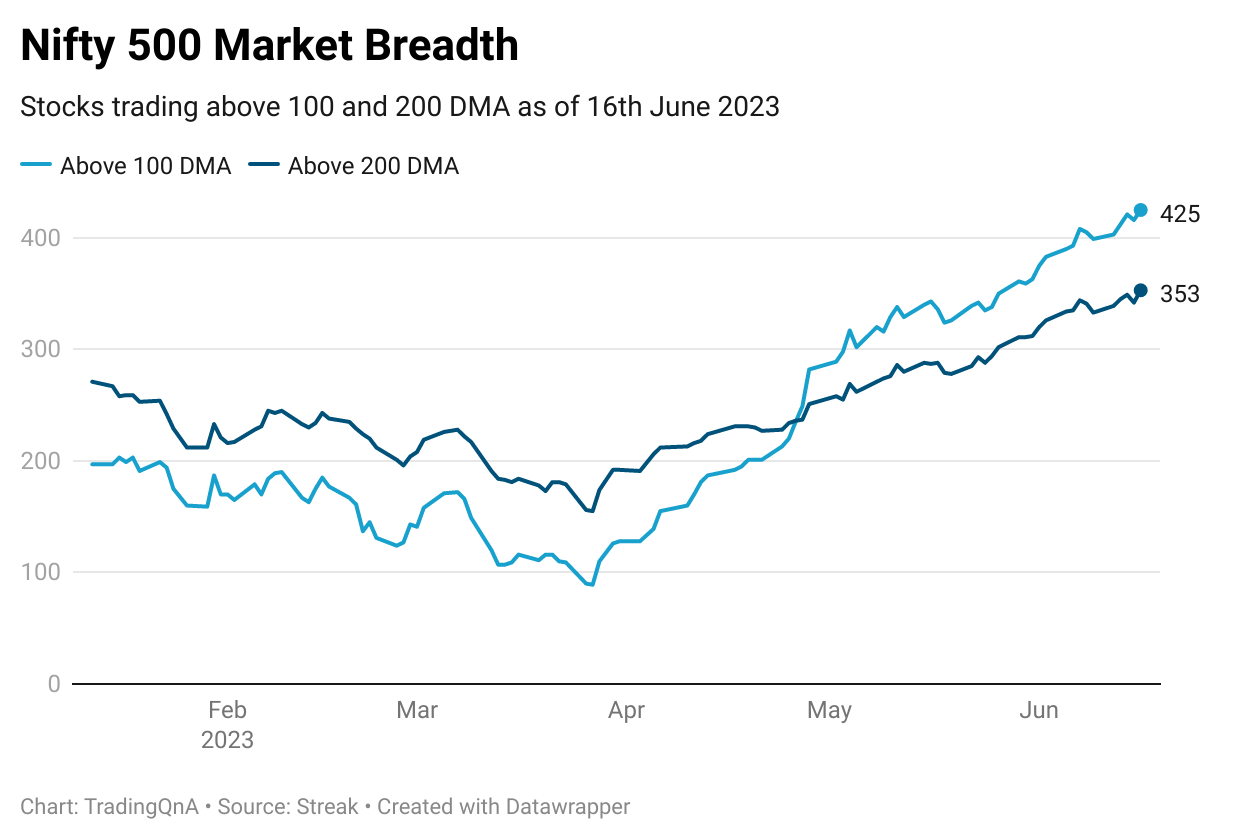The debt puzzle, SEC moves against Binance and Coinbase, Japanese stock markets rise and emerging geopolitics of critical minerals
#Issue 29
Welcome to the latest issue of Markets and Macros by TradingQnA written by Abhinav and Shubham.
TradingQnA is India’s most active stock market forum. It’s the go-to place if you are looking for answers relating to trading, investing, personal finance, or anything markets.
Weekly market wrap
A quick look at how the markets performed in the week ended June 16;
RBI annual report
The RBI published its annual report recently, here is a summary by my colleague Dinesh.
The debt puzzle
We had discussed in this edition of the newsletter that global debt had surpassed the pre-GFC (Global Financial Crisis) levels. Is it a problem?
As per the UNCTAD (United Nations Conference on Trade and Development), the world lacks an effective global system to deal with debt and
In a context of growing climate and geopolitical distress, it is one of the biggest threats to global peace and security and financial stability. Without supporting countries to become sustainable, their debts will never be realistically repayable.
This should be a cause of concern, in fact, it should have led to some trouble already. But why haven’t things gone south just yet?
In a thought-provoking interview, Ricardo Reis challenges the commonly held beliefs about debt sustainability and offers valuable insights for the future. He explains how governments can issue debt at lower interest rates, generating “debt revenue” that enables them to borrow significant amounts without severe repercussions.
He also emphasizes the potential risks associated with future debt sustainability, particularly in the face of high inflation. He explores the complex dynamics of financial regulation and its effects on the demand for government bonds, highlighting the trade-offs involved.
Reis's perspectives offer a fresh and nuanced understanding of these crucial topics. I recommend that you watch this short interview, it's nothing short of a masterclass.
Japanese stock market on a rise
Investors, including Warren Buffet, seem to be putting big money into Japan again and the Japanese stock market is up nearly 30% this year.
What has led to this change in market sentiment?
It seems like a mix of low-interest rates, weak currency, a solid economy and a little bit of push by big investors. Click here to read about this in more detail.
Want to read more about this revival story?
Al Jazeera had written about Abenomics: Abe’s economic legacy aimed for Japan’s revival, after Shinzo Abe’s assassination last year. Abe’s strategy had three “arrows” aimed at kick-starting economic growth and higher wages: loose monetary policy, fiscal stimulus and structural economic reforms. It would be fair to say that Abe’s strategy saw partial success and contributed to the Japanese revival after more than 2 decades of stagnation.
In another related post that may intrigue you, this article covers how businesses are helping spur Japan's agricultural revival.
SEC moves against Coinbase and Binance
Last week after months of discussions, threats and warnings, the US Securities and Exchange Commission (SEC) went after Coinbase and Binance.
Binance is accused of breaching securities laws by permitting US customers to trade on Binance.com, disregarding the ban on users based in the US. Coinbase has been charged with engaging in securities market activities without appropriate registration and operating as an unregistered securities exchange, broker and clearing agency.
What can we expect from this?
We can finally get an answer to the question of whether cryptocurrencies can be classified as securities or not. But it could take years. Remember Ripple? That lawsuit is still pending since December 2020.
Interestingly, the SEC did not mention Ethereum in its lawsuits against Binance and Coinbase. This omission may be due to the prior classification of Ethereum as a commodity by the Commodity Futures Trading Commission (CFTC), rather than a security. The CFTC’s declaration on the status of Ethereum could have influenced the SEC’s approach in these specific legal actions. Cryptos can be confusing. Want to know more about this? My colleague Shruthi Ramprasad has compiled a list of interesting articles on TradingQ&A which revolve around this topic.
The emerging geopolitics of critical minerals
What are critical minerals and why are they important?
Critical minerals such as copper, lithium, nickel, cobalt and rare earth elements are essential components in clean energy technologies – from wind turbines and electricity networks to electric vehicles.
At the moment China dominates the critical minerals markets. Let me give you an example. Rare earth minerals like neodymium, dysprosium and terbium are crucial to producing magnets found in everything from wind turbines to electric vehicles. China is responsible for 90% of the production of these rare-earth magnets. Click here to know more about China’s dominance.
Post covid, there seems to be a consensus to reduce the dependency of global supply chains on China. But as we have seen, executing that is proving hard even in industries where China is not a dominant player. Will it even be possible to do it in the case of critical minerals?
It will definitely be hard and a question that haunts me is if the 21st century will be the century of the green great game. Given the already existing geopolitical tensions, is there a possibility of seeing a cold war over critical minerals? Maybe. But hopefully not. This Foreign Policy article gives some tips on how to avoid a cold war for critical minerals.
Another player in this space that could help reduce dependence on China is Latin America. The International Energy Agency writes that
Latin America is an established producer of several minerals essential for clean energy technologies, and could build on its well-established mining sector to diversify into new minerals and help the global economy avoid the shortfalls and bottlenecks that could threaten clean energy transitions.
The region already produces large quantities of lithium, which is needed for batteries, and copper and underpins the expansion of renewables and electricity networks. But Latin America could expand into a range of other materials such as rare earth elements that are required for electric vehicle motors and wind turbines, and nickel, a key component in batteries.
To read more about IEA’s take on Latin America, click here.
While Latin America does have the potential to transform this supply chain and dent China’s dominance, these countries have their own sets of challenges. What better than listening to them directly from the horse’s mouth. This is a discussion between the former foreign minister of Argentina and the former president of Bolivia, facilitated by the Observer Research Foundation on some of these challenges:
And, if you are worried about India. Chill, we are also planning to come out with our own critical minerals policy soon to reduce dependence on China.
Listening recommendation
This is a talk about being alert to changing technologies, building online communities, creating for love vs. validation, how to use ChatGPT productively and much more.
That's all from us for this issue. Thank you for reading. Do let us know your feedback in the comments below and share the post if you liked it. We are at @TradingQnA on Twitter.












